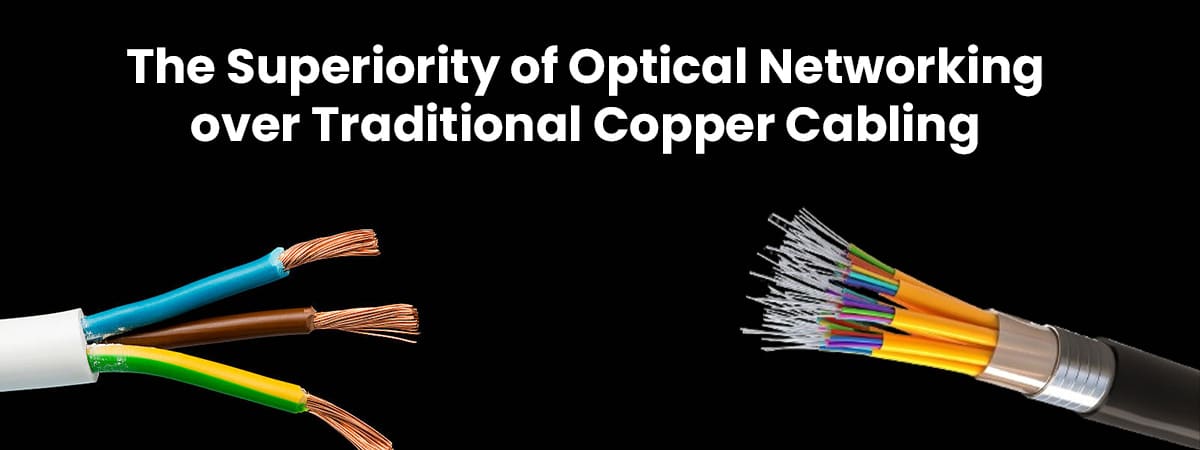Introduction
In the modern world, networks are used to transfer data and information. The most efficient way to do this is through optical networks, which offer a variety of advantages over traditional copper cabling. This blog post will discuss the advantages of Optical Network Units (ONUs) over traditional copper cabling.
What is Optical Networking?
Optical networking is the use of light signals to transmit data from one point to another. Optical networks use optical fibers, which are thin strands of glass that are capable of transmitting light. This light is then used to transmit data, allowing for faster speeds and better reliability than traditional copper cabling.
Advantages of Optical Network Units
1. Higher Data Transfer Rates
Optical networks have higher data transfer rates than traditional copper cabling. This is because the light signals are able to travel faster than the electrical signals used in copper cables. This means that data can be transferred at a much faster rate and with a greater degree of accuracy.
2. Cost Savings
Optical networks are often more cost-efficient than traditional copper cabling. This is because they require fewer materials and less labor to install, resulting in lower costs. Additionally, optical networks can also be used to connect multiple devices across large distances, which can further reduce costs by avoiding the need for multiple copper cables.
3. Greater Bandwidth
Optical networks have the potential to provide greater bandwidth than traditional copper cabling. This is because light signals can carry more information than electrical signals, allowing for more data to be transmitted in less time. This can be a great advantage for applications that require large amounts of data to be transferred quickly.
4. Greater Security
Optical networks are more secure than traditional copper cabling. This is because optical signals cannot be intercepted as easily as electrical signals, making it more difficult for malicious parties to gain access to sensitive information. Additionally, optical networks are less prone to interference, making them more reliable for secure data transfer.
Conclusion
Optical networks offer many advantages over traditional copper cabling, including higher data transfer rates, cost savings, greater bandwidth, and greater security. These advantages make optical networks an attractive option for many businesses and organizations that need to transfer large amounts of data quickly and securely. As technology continues to evolve, optical networks are likely to become even more popular in the future.
